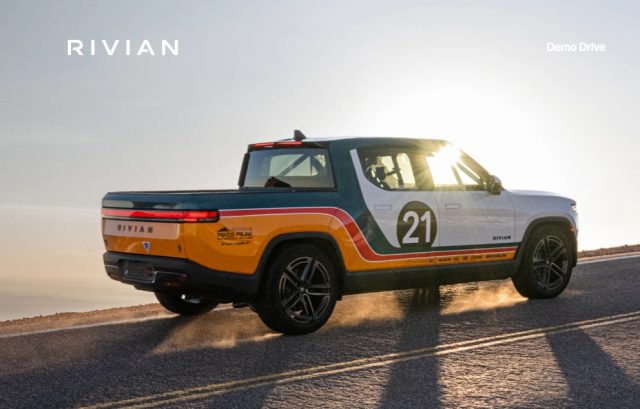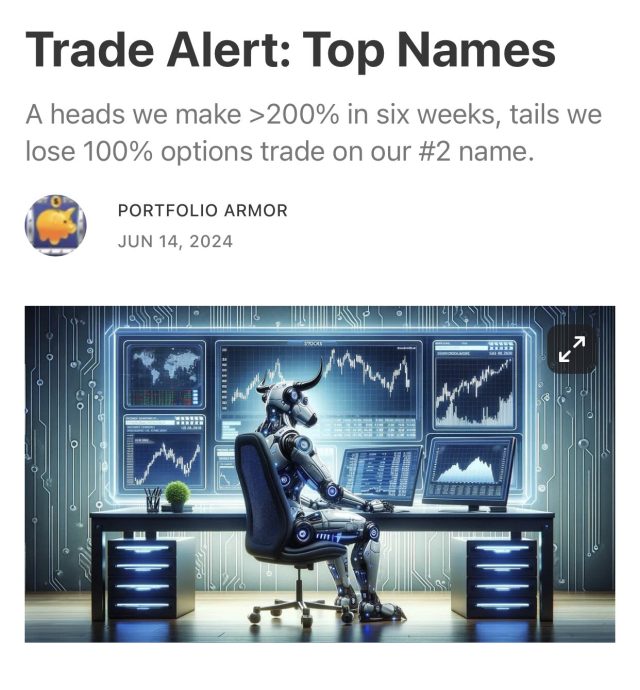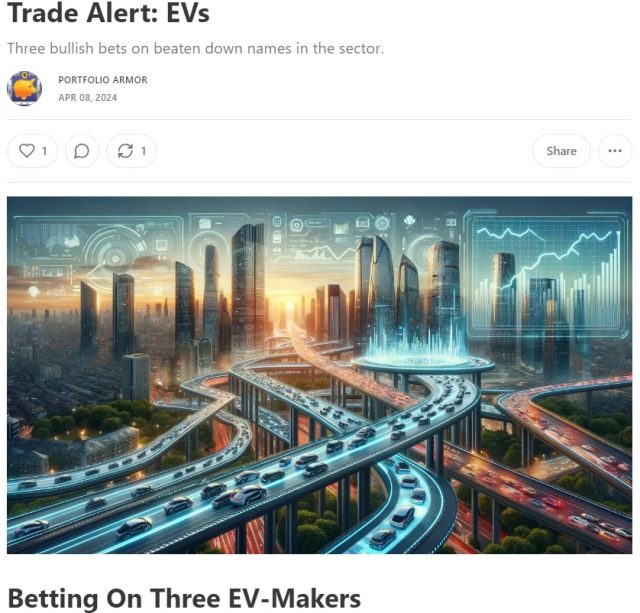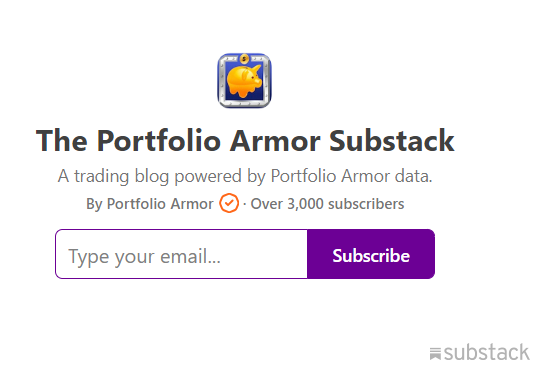
Novo Nordisk, Carvana, And Now Rivian
We’ve had bullish moves in three stocks we had bullish bets on this week, and since one is a stock trade and two are different kinds of options trades, this gives us an opportunity to examine the pros and cons of each approach.
I mentioned the first bullish move in my previous post: shares of Novo Nordisk A/S (NVO) hit an all-time high after China approved the Danish company’s anti-obesity drug, Wegovy. That one was a stock trade for me. As I wrote about it yesterday,
Novo Nordisk was a Portfolio Armor top name, and I personally own it. Its performance in my account illustrates two points I’ve made here recently:
- Portfolio Armor’s top names generate strong performance. We’ve been posting the current top ten in our trading Substack since December, 2022, and so far we have 6-month returns for 52 top names cohorts. Our top names have returned 23.46%, on average, over the next 6 months, versus 12.82% for SPY.
- Your performance following our core strategy will likely be even better, because you will be letting your winners run (our core strategy is to buy equal dollar amounts of our top ten names, put trailing stops of 15%-20% on them, and then replace them with new top names when we get stopped out). In the 6 months after I bought NVO when it appeared in our top ten in April of 2023, NVO was up 17.01%. However, I never got stopped out of NVO, so I still own it. I am up 80.17% on NVO so far.
Pros And Cons Of Just Buying Stock
The pros here are liquidity and simplicity. You buy the stock, and if goes up, you can sell it and make money. NVO pulled back a bit today, but if I wanted to, I could easily sell it for about a 75% gain.
Carvana And Call Spreads
Like Novo Nordisk, Carvana Co. (CVNA) was a Portfolio Armor top ten name when we entered our trade on it this month. Unlike with Novo Nordisk, we didn’t buy the stock; we entered a call spread on it instead.
We bought the $120 strike calls on CVNA expiring on August 16th, and sold the $121 strike calls on it expiring on the same date, for a net debit of $0.30. The way call spreads work, your maximum gain is the difference between the two strikes, so, in this case, $1. So if you bought 10 contracts at $0.30, your max loss would be $300 (if CVNA closed below $120 on the expiration date), and your max gain would be $1,000 (if it closed above $121 on that date). This week, Carvana hit a 52-week high of $131 and change, and it’s currently trading $128 and change as I type this.
The Pros And Cons Of Call Spreads
The first pro of call spreads is that, like other options trades, you can make a lot more money than a shareholder on the same movement in the underlying stock. When I entered my call spread on Carvana, on June 14th, the stock was trading at about $103. If the stock is ~17% higher on August 16th ($121 per share), I’ll make about 200% on that options trade.
The second pro of call spreads is that they are cheaper than just buying a call option, particularly when you’re dealing with stocks that have high dollar prices per share. Just buying the $120 strike calls on Carvana earlier this month, might have cost $8 per contract, but with the call spread, we knocked that down to $0.30.
The con here is that the short call leg reduces your gains if you try to sell it early, while it still has time value. Even though the stock here is well above the price where our max again occurs ($121), I wouldn’t be able to sell this call spread for a net credit of $1 today. I might be able to sell it for $0.60 (which would still be a 100% gain on the $0.30 I paid), but if I want the full, ~200% gain, I need to hope the stock stays above $121 until we get closer to that August expiration date.
Rivian And Just Buying Calls
Rivian Automotive, Inc. (RIVN) was one of three EV companies we bet on in April [the other two were Tesla, Inc. (TSLA) and Xiaomi Corporation (XIACY)]. Shares of Rivian are up about 23% intraday, on news that Volkswagen AG (VWAGY) is investing $5 billion in the company.
The Pros And Cons Of Buying Calls
The pros of buying calls, like other options trades, are the inherent leverage you have over just buying the stock. Rivian shares are up about 41% since our April 8th trade alert, but our call options are up about 100%. Another pro is, because there’s no short leg as with the call spread, you don’t lose anything by selling your options early. The con of buying calls over call spreads is that they’re more expensive, but this isn’t as big an issue with lower priced stocks like Rivian (which is currently trading for close to $15 per share).
The other con of both calls and call spreads versus buying the stock is that you have to be right by a specific point in time (the expiration date of your options). Unlike with stocks, where you can hold them indefinitely and hope you’ll eventually make money. But that also sharpens your mind a bit.
Risk Strictly Defined In All Cases
Note that in all three cases–owning shares of Novo Nordisk, holding a call spread on Carvana, and holding calls on Rivian–our downside risk is strictly limited. With Novo Nordisk, our maximum risk is what we paid for the stock, with Carvana, it’s the net debit we paid for the call spread, and with Rivian, it’s what we paid for the calls.
If you’d like a heads up when we place our next trade, feel free to subscribe to our trading Substack/occasional email list below.
If you’d like to stay in touch
You can scan for optimal hedges for individual securities, find our current top ten names, and create hedged portfolios on our website. You can also follow Portfolio Armor on X here, or become a free subscriber to our trading Substack using the link below (we’re using that for our occasional emails now).




